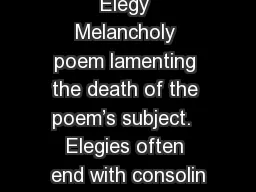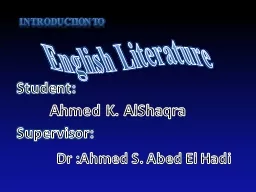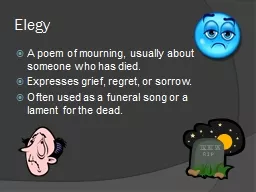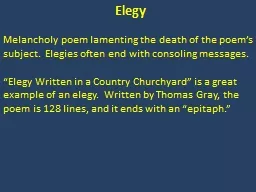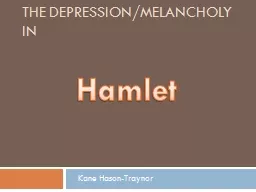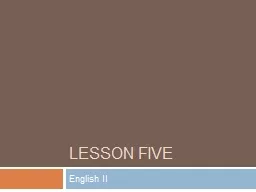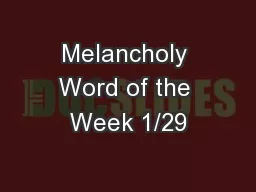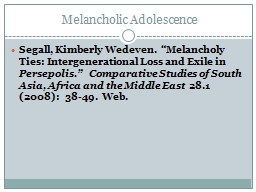PPT-Elegy Melancholy poem lamenting the death of the poem’s subject. Elegies often end
Author : lindy-dunigan | Published Date : 2018-09-26
Elegy Written in a Country Churchyard is a great example of an elegy Written by Thomas Gray the poem is 128 lines and it ends with an epitaph Epitaph Short poem
Presentation Embed Code
Download Presentation
Download Presentation The PPT/PDF document "Elegy Melancholy poem lamenting the deat..." is the property of its rightful owner. Permission is granted to download and print the materials on this website for personal, non-commercial use only, and to display it on your personal computer provided you do not modify the materials and that you retain all copyright notices contained in the materials. By downloading content from our website, you accept the terms of this agreement.
Elegy Melancholy poem lamenting the death of the poem’s subject. Elegies often end: Transcript
Download Rules Of Document
"Elegy Melancholy poem lamenting the death of the poem’s subject. Elegies often end"The content belongs to its owner. You may download and print it for personal use, without modification, and keep all copyright notices. By downloading, you agree to these terms.
Related Documents

